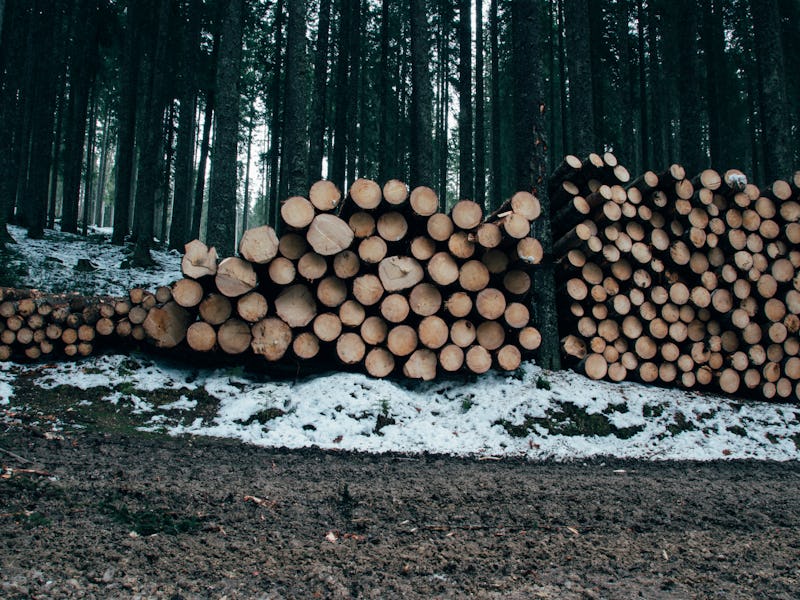First-Ever Map of Europe's Forests Reveals Few Spaces for Endangered Species
Spoiler: Not a lot.

It seems like every fairytale that originated in Europe kicked off with a kid lost in the woods. But after decades of deforestation, most children would be hard-pressed to find natural forests in Europe, let alone the magical ones that haunted every Grimm fairy tale. Ecologists in Germany have conducted a first-of-its-kind study to see where those forests in Europe remain.
Led by researchers from Humboldt University in Berlin, the team of ecologists worked with hundreds of forest scientists, experts, and activists from all over Europe to compile the first database of primary forests in Europe. The map, which first appeared in the journal Diversity & Distributions in May, identifies more than 3.4 million acres in 34 European countries.
The first map of Europe's last wild forests. The map identifies more than 3.4 million acres in 34 European countries.
The study highlights the rarity of primary forests in Europe, which are usually only located in remote areas and fragmented into small patches. These relatively untouched areas are of extreme importance to the continent’s natural flora and fauna and are often the only remaining areas that harbor endangered species. According to Tobias Kuemmerle, director of the Conservation Biogeography Lab at Humboldt University and the senior author on the study, scientists consider primary forests to be natural laboratories for understanding human interference and its effects on forest ecosystems.
“Knowing where these rare forests are is therefore extremely important,” he said in a statement, “but, until this study, no unified map existed for Europe.”
According to their research, 89 percent of the primary forests fall under protected areas, but only 46 percent fall under what the team considers strict protection. That means that the other areas, despite being designated sites, can still be used for legal timber harvesting or salvage logging.
“Wide patches of primary forest are being currently logged in many mountain areas, for instance in Romania and Slovakia and in some Balkan countries,” says Miroslav Svoboda, a scientist at the University of Life Science in Prague and a co-author of the study. “A soaring demand for bioenergy coupled with high rates of illegal logging, are leading to the destruction of this irreplaceable natural heritage, often without even understanding that the forest being cut is primary.”
However, the team is confident that by mapping these primary forests, they can better identify and advocate for stronger forest protection. The study highlights how many of these primary forests are interspersed in human-dominated landscapes, making them prone to human disturbance and in immediate need of protective measures. This map will not only inform scientists of the effects of human interference on primary forests but will point to lands in most need of restoration efforts.